Make sure to join my list for Weekly Tips and Recipes to Your Inbox
16 Innovative Vegetable Kitchen Garden Ideas
After helping my cousin install a backsplash in her charming, rustic kitchen, I knew it was finally my turn to add something special to mine. And since I’ve been stockpiling vegetarian recipes like a squirrel hoarding acorns, it only made sense to start my own kitchen garden right in my backyard.
It’s funny how this little seed of an idea quickly turned into full-blown research mode. I dove deep into Pinterest boards, comparing raised bed designs, materials, and even layout hacks. The original plan? Galvanized metal boxes. But after reading that they might leach heavy metals like lead and zinc into the soil (and eventually into my beloved veggies), I slammed the brakes. A coat of paint or sealant might help, but they wear off… and they’re chemical-based too. Back to square one.
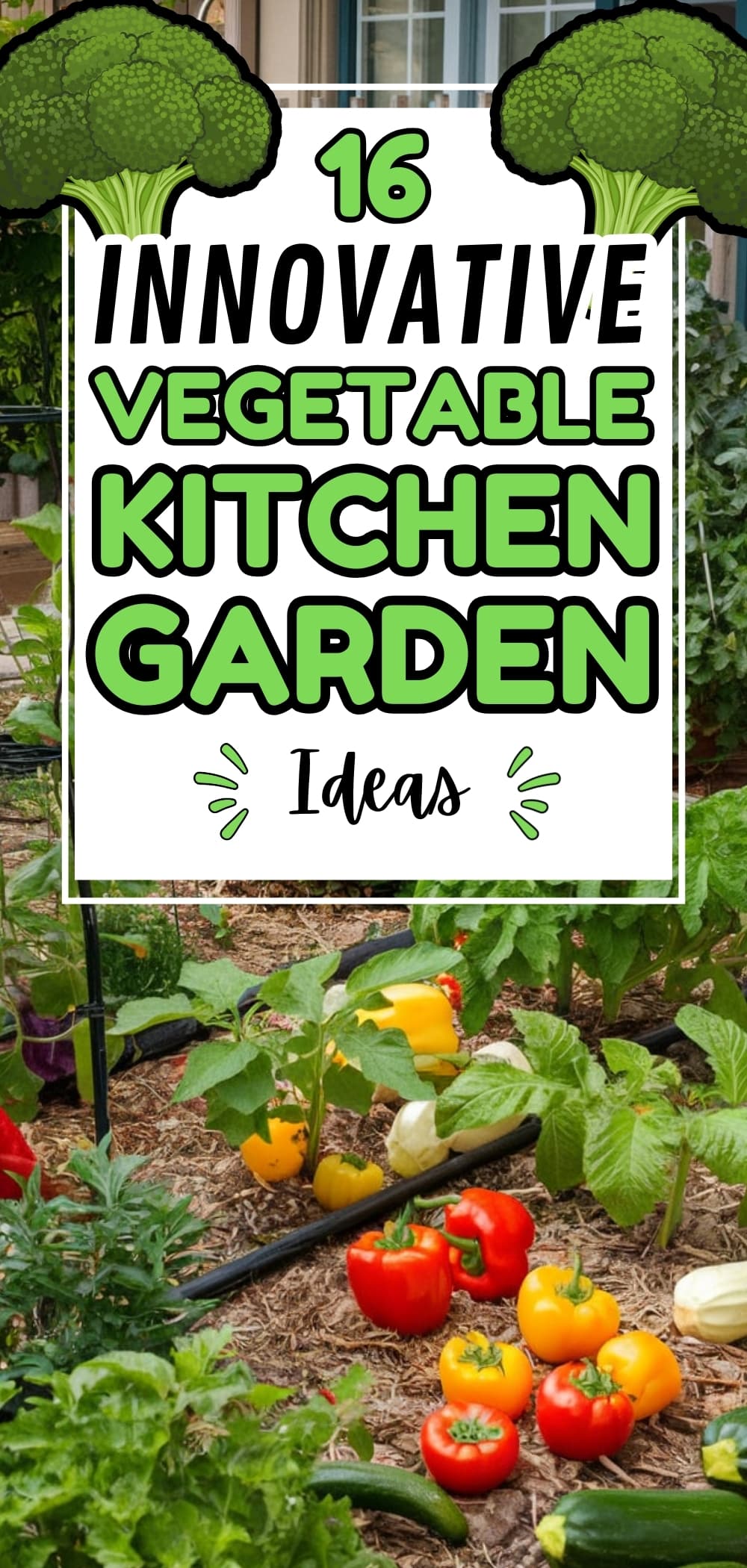
Then came the big debate: cinderblocks vs. wood. Cinderblocks are durable and affordable, but they can contain fly ash, take up more space, and get scorching hot in summer, which isn’t great for tender roots (or my knees). That’s when cedar caught my eye. Yes, untreated cedar costs more, but it’s naturally rot-resistant, chemical-free, and gives off this warm, earthy vibe that just feels right for a kitchen garden.
So here’s the plan: cedar boxes, raised high enough to keep the neighborhood bunnies at bay, lined with hardware cloth for critter-proofing, and filled with a balanced mix of soil not that wild, compost-heavy blend that tanked someone’s harvest last year. I’m skipping the concrete jungle and going for that organic, thoughtful, just outside the door setup. Because honestly? There’s nothing like plucking a tomato you grew yourself and tossing it into a dinner you’ve been planning for weeks.
Now I just need to pick a layout. Pinterest has me swooning over square foot gardening grids. Below, there is 16 vegetable kitchen garden ideas with detailed tips, Have you tried them? Would love to hear your favorite vegetable kitchen garden design ideas before I get my hands dirty!
16. Raised Bed Kitchen Garden for Maximum Yield
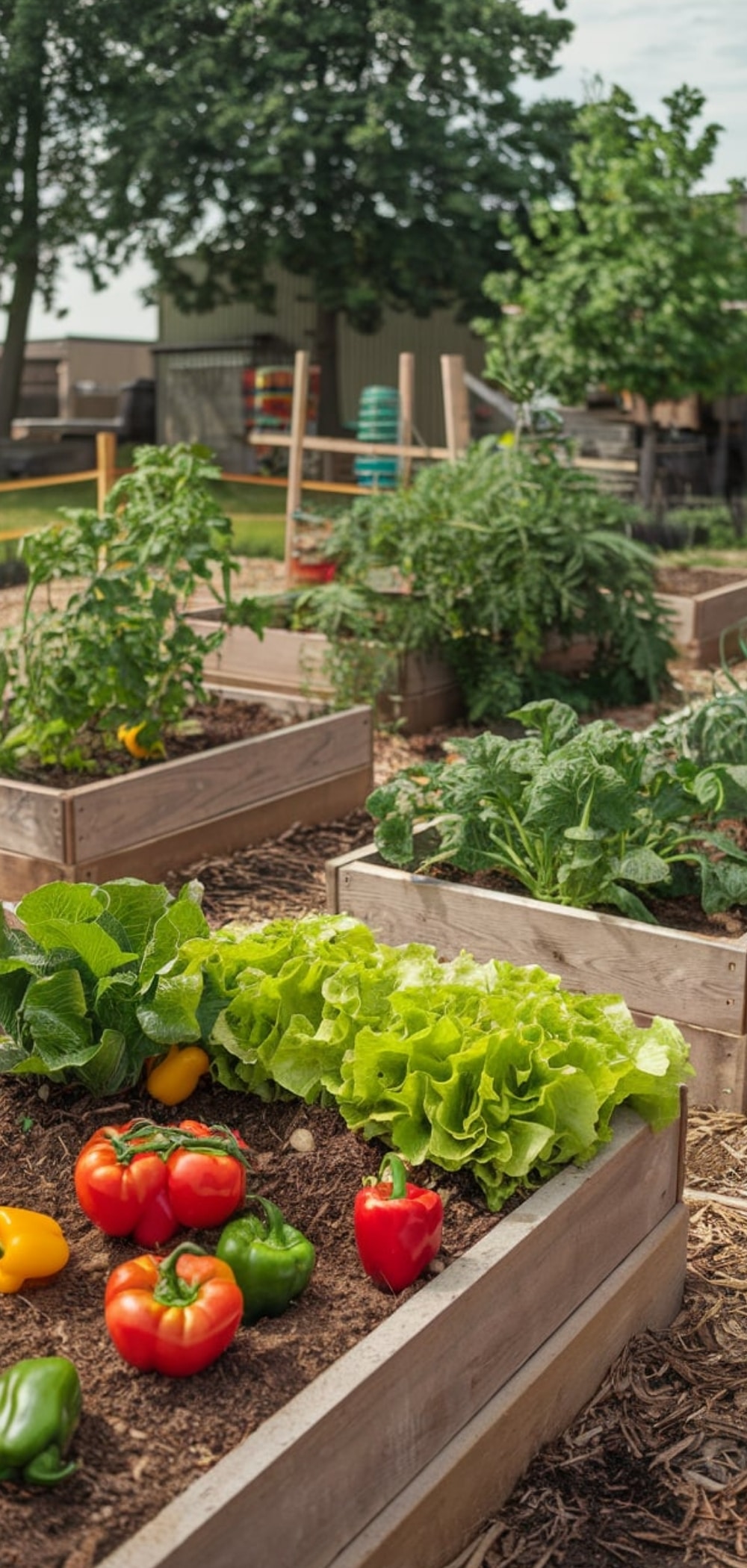
Raised beds improve soil drainage, reduce compaction, and enhance root growth.
Tips:
- Use untreated cedar or redwood for longevity.
- Fill with a 60/30/10 mix of topsoil, compost, and perlite.
- Keep width under 4 feet for easy reach.
- Add drip irrigation to reduce water waste.
15. Vertical Vegetable Kitchen Gardens for Small Spaces
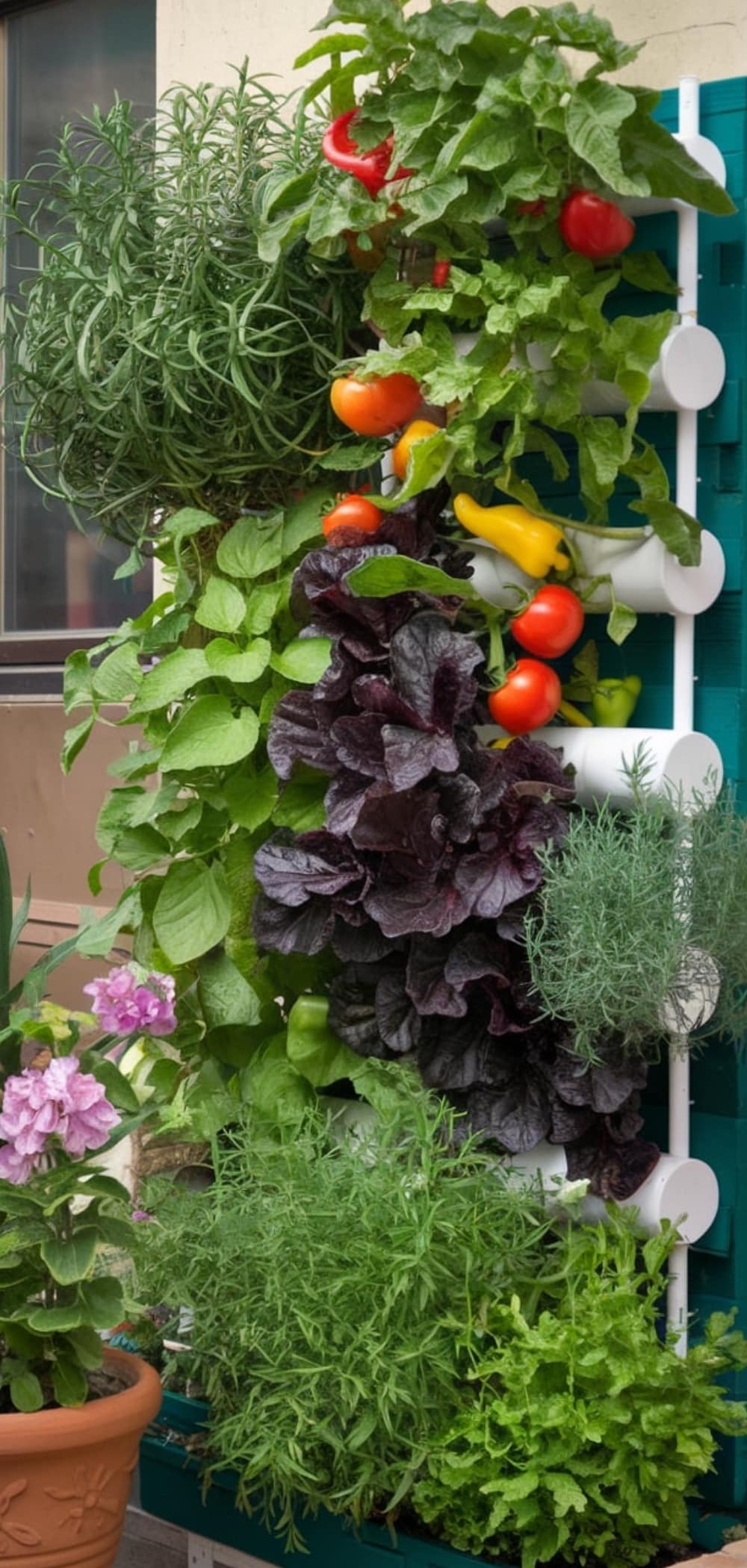
Perfect for balconies, patios, and urban homes.
Tips:
- Use wall-mounted planters, repurposed shoe organizers, or hanging grow bags.
- Grow climbers like beans, peas, and cucumbers.
- Ensure vertical surfaces get at least 6 hours of sun.
14. Container Gardening for Mobility and Flexibility
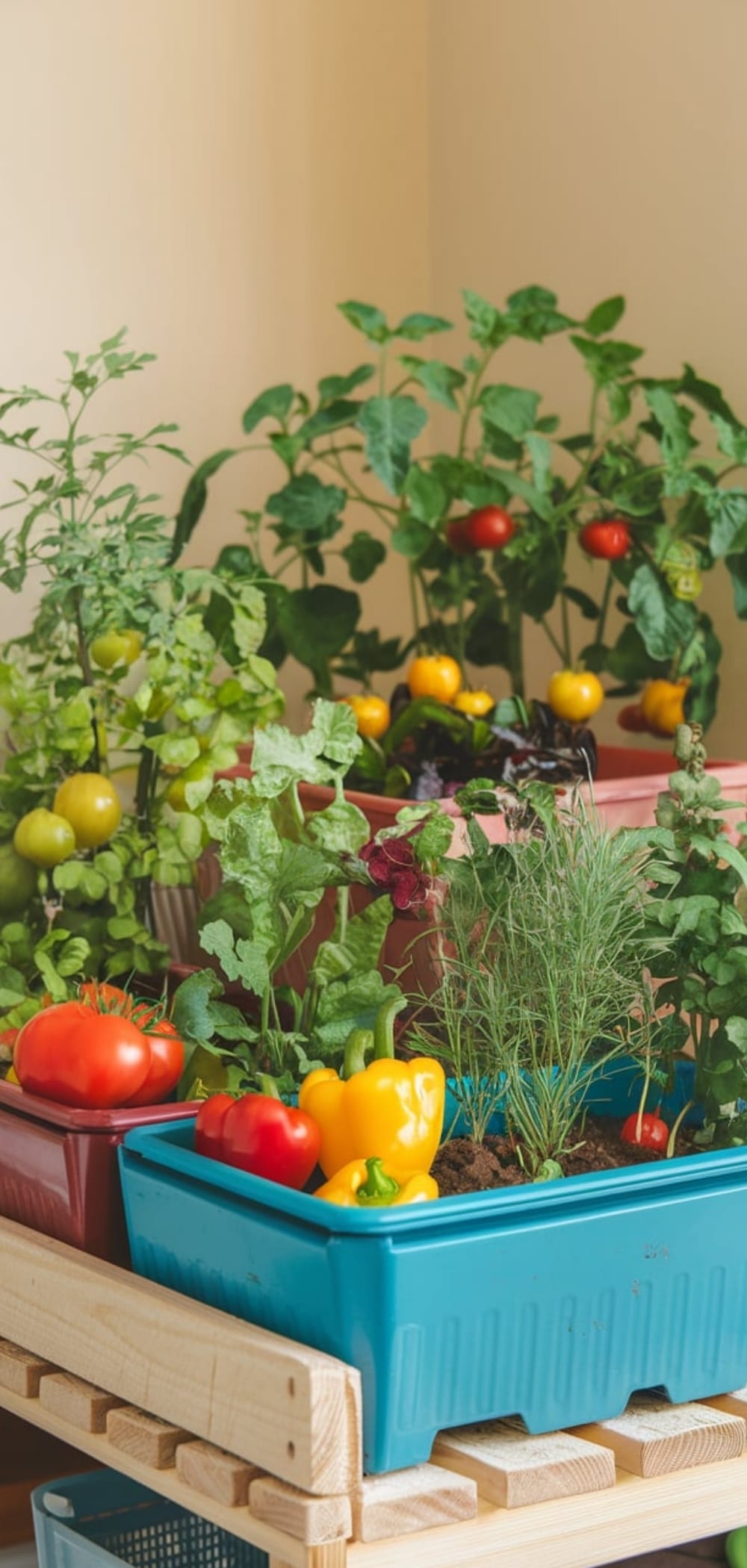
Great for renters or areas with poor soil.
Tips:
- Choose containers at least 12″ deep.
- Drill drainage holes and use potting mix with coco coir.
- Ideal for tomatoes, herbs, lettuce, and peppers.
13. Herb Spiral Kitchen Gardens for Aesthetic Utility
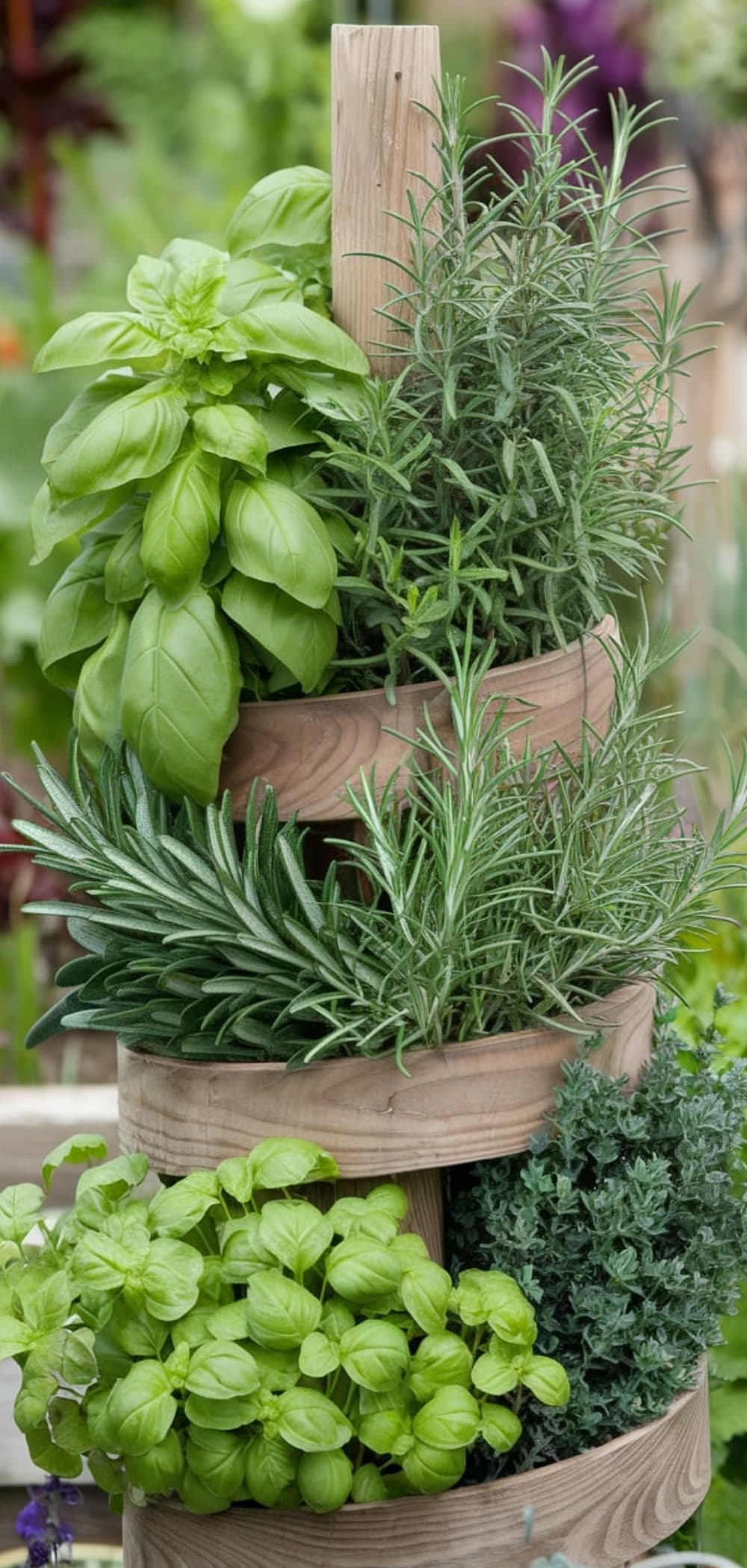
A spiral shape saves space and offers microclimates.
Tips:
- Use bricks or stones to create a rising spiral.
- Plant drought-tolerant herbs (like rosemary) on top.
- Grow moisture-loving herbs (like basil) at the bottom.
12. Companion Planting for Natural Pest Control
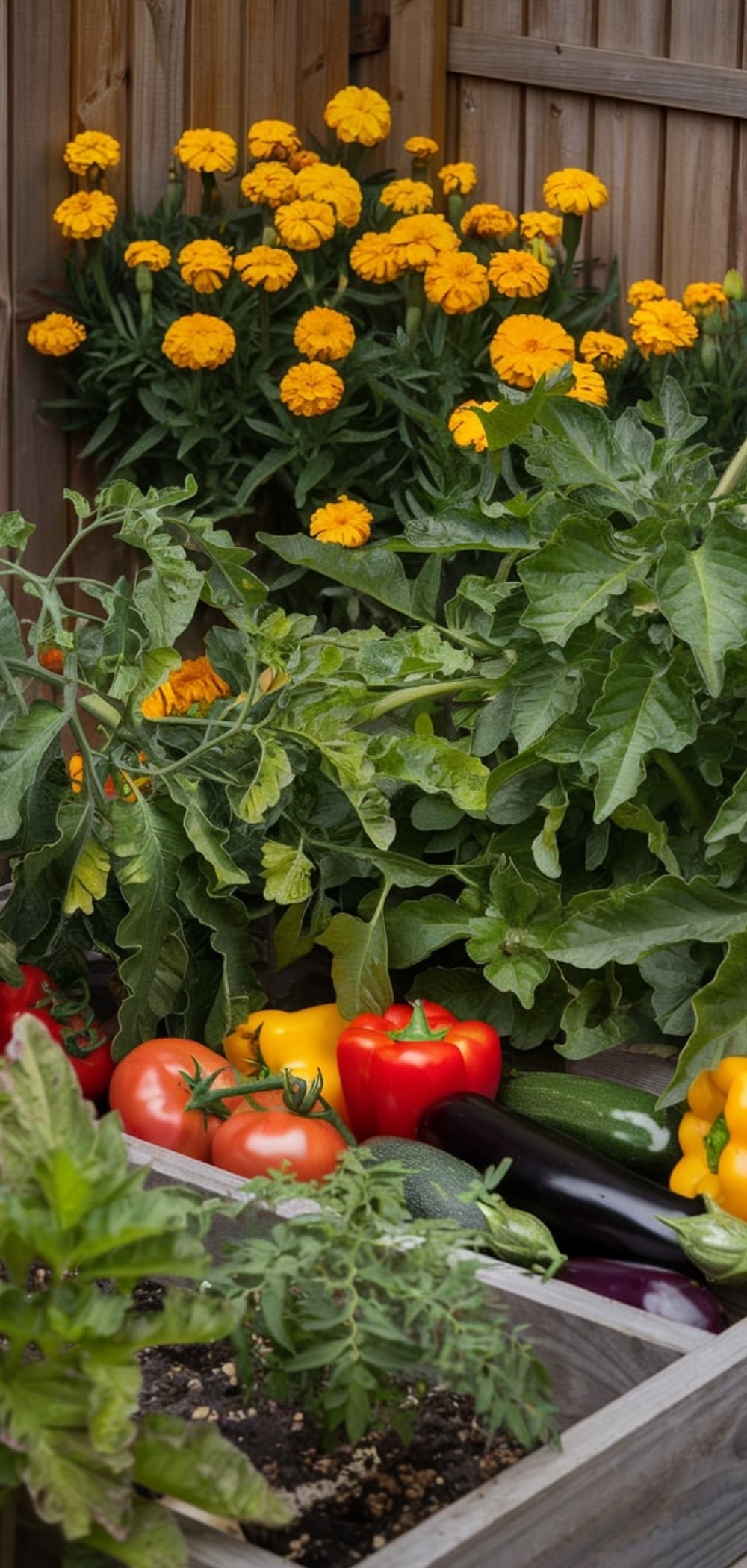
Maximize yield and health by pairing vegetables wisely.
Tips:
- Plant basil near tomatoes to deter hornworms.
- Combine carrots and onions to confuse root pests.
- Avoid planting beans near onions or garlic.
11. Square Foot Gardening for Organized Abundance
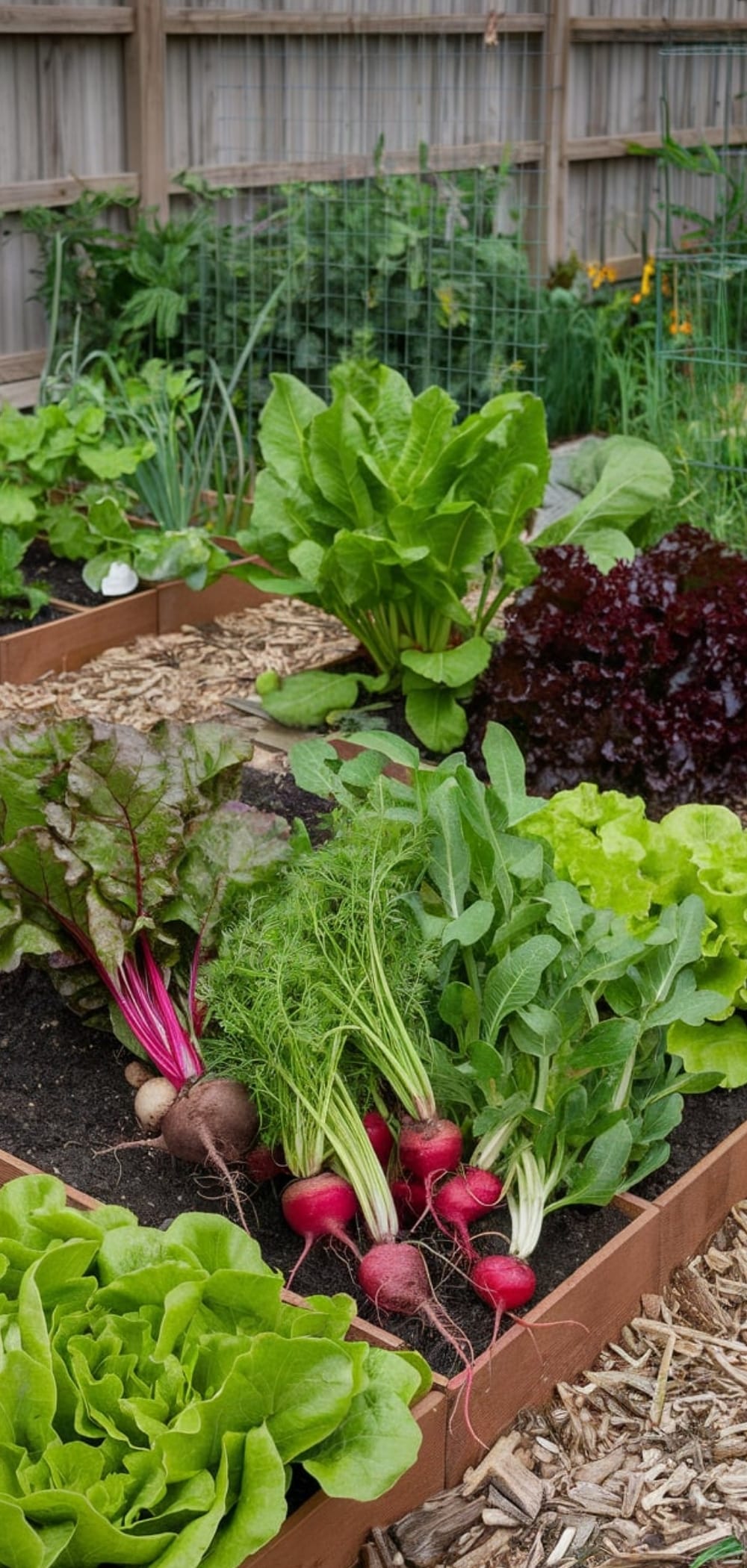
Divide kitchen garden beds into 1×1 ft sections.
Tips:
- Assign each square to a different crop based on spacing.
- Rotate crops seasonally to maintain soil health.
- Use trellises on the north side for climbing plants.
10. Hanging Basket Kitchen Gardens for Trailing Crops
Optimize vertical airspace with baskets.

Tips:
- Grow cherry tomatoes, strawberries, and trailing spinach.
- Use coco liners and water-retentive soil mix.
- Hang from sturdy hooks in full sun.
9. Pallet Vegetable Planters for Upcycling Efficiency

Repurpose old wood pallets for kitchen garden beds.
Tips:
- Choose heat-treated (HT) pallets only.
- Line inner sections with landscape fabric.
- Grow shallow-rooted crops like lettuce, arugula, and radishes.
8. Keyhole Garden Beds for Water Retention and Composting
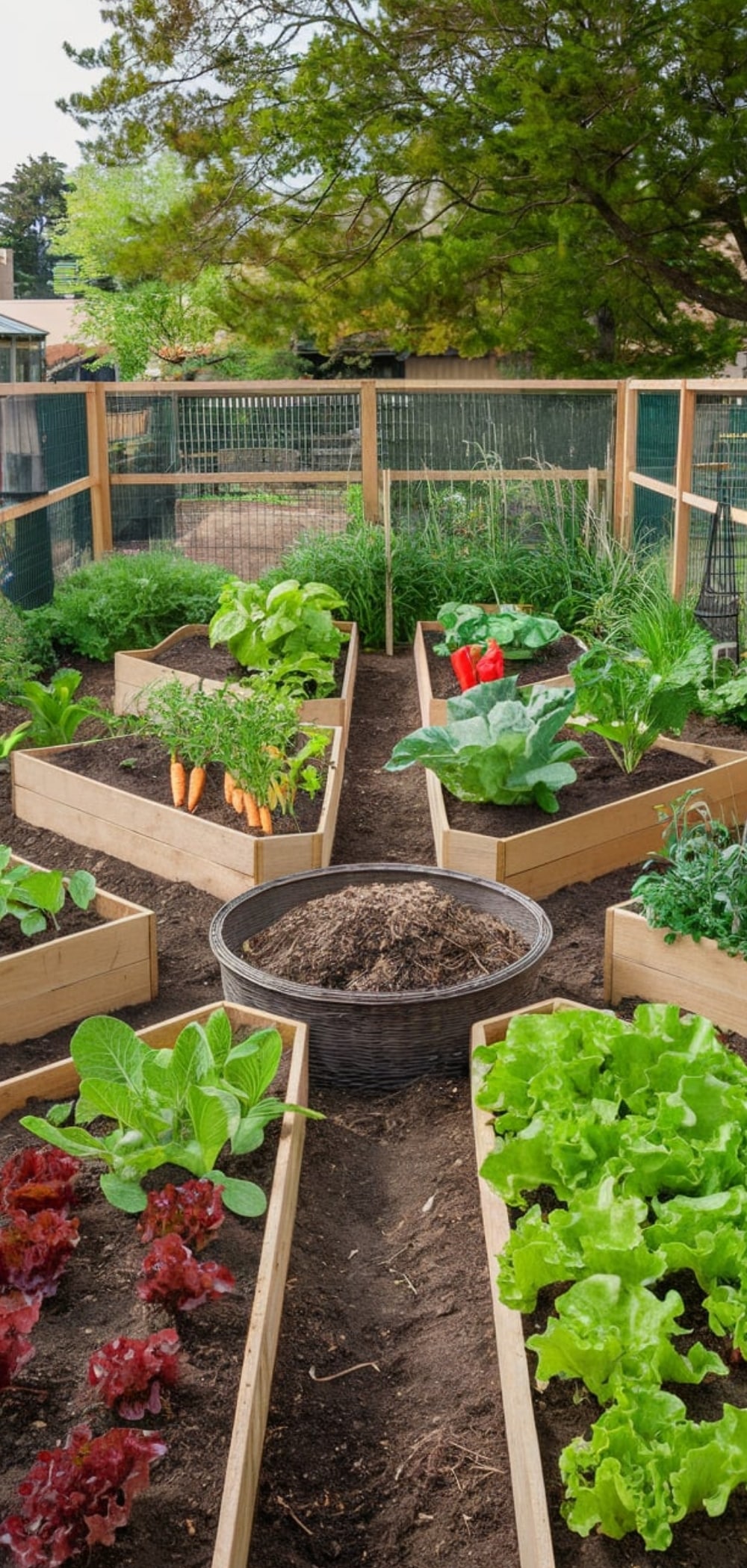
Designed for arid climates with a central compost basket.
Tips:
- Build a circular raised bed with a notch for access.
- Fill layers with cardboard, manure, and topsoil.
- Add daily kitchen scraps to the center for ongoing fertilization.
7. Window Box Veggie Gardens for Apartment Living
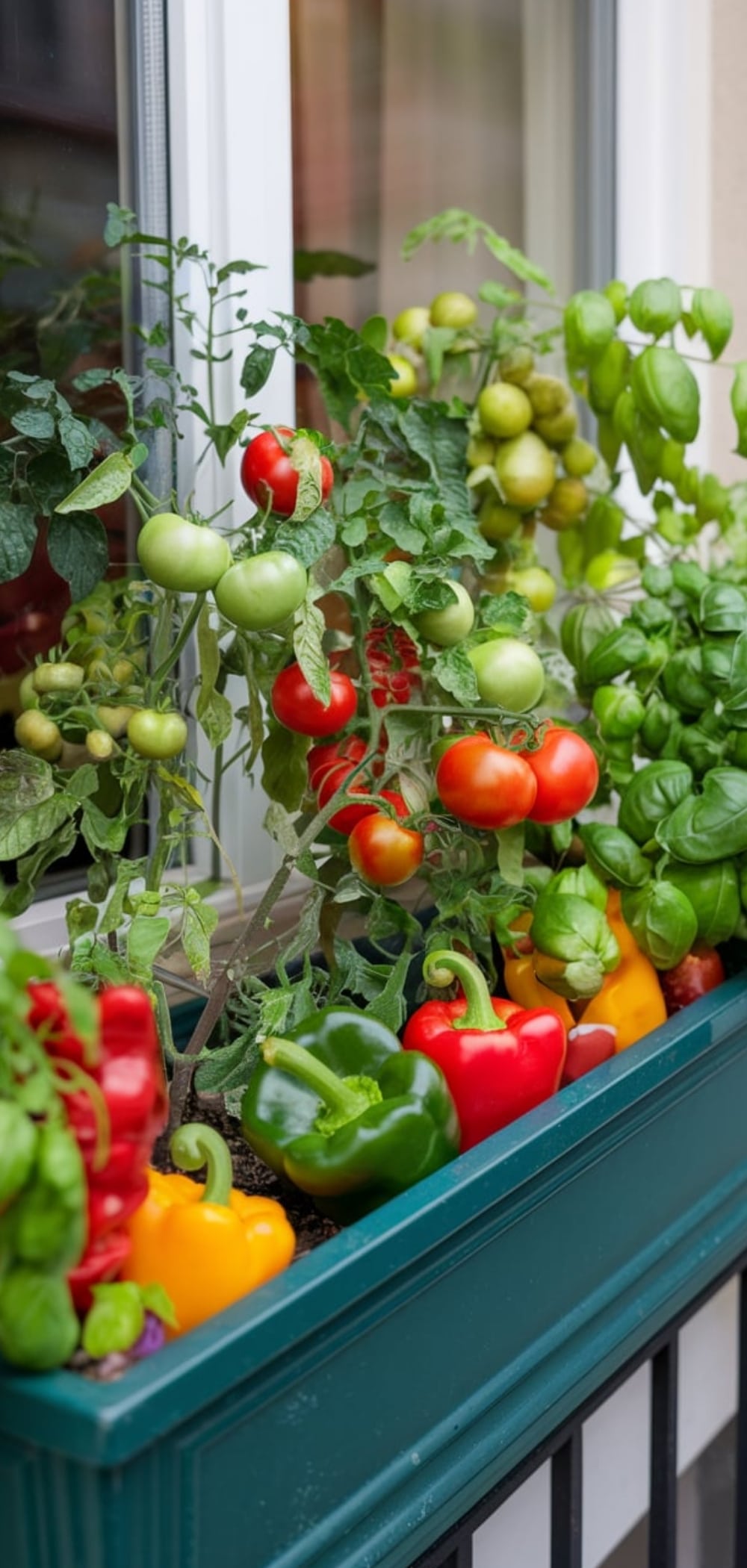
Utilize sunny windowsills and railings.
Tips:
- Use deep boxes for root crops like carrots or beets.
- Ensure boxes face south or west for sunlight.
- Install self-watering trays for convenience.
6. Trench Compost Gardens for Soil Enrichment

Compost in-place for improved soil structure.
Tips:
- Dig 12″ trenches, fill with food waste, and cover with soil.
- Let rest for 2 weeks before planting on top.
- Perfect for heavy feeders like squash and tomatoes.
5. A-Frame Trellis Gardens for Climbing Crops
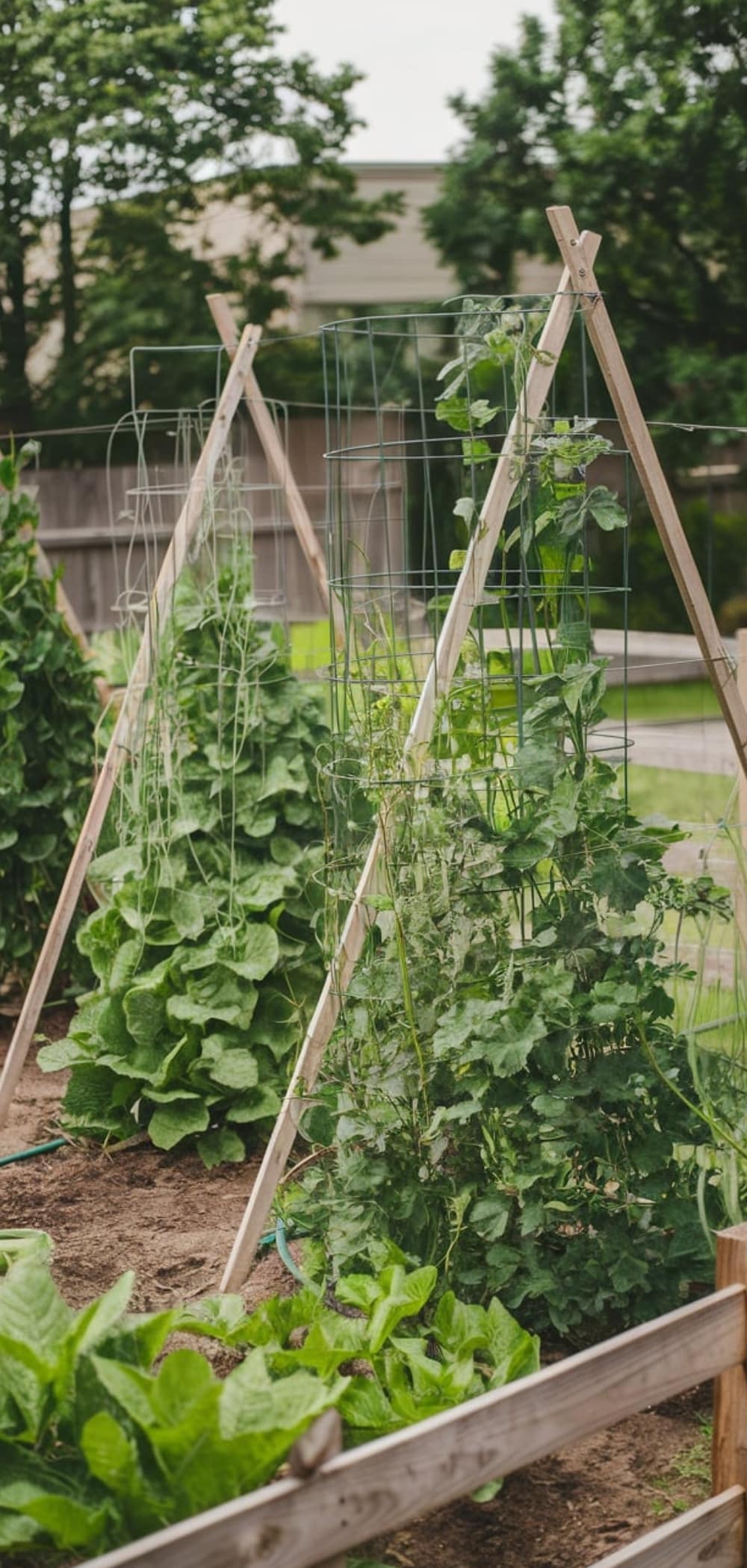
An A-frame allows vertical growing with excellent support.
Tips:
- Construct with wood and garden netting.
- Plant cucumbers, beans, or even melons at the base.
- Anchor firmly to withstand wind.
4. Hydroponic Tower Gardens for High-Tech Cultivation
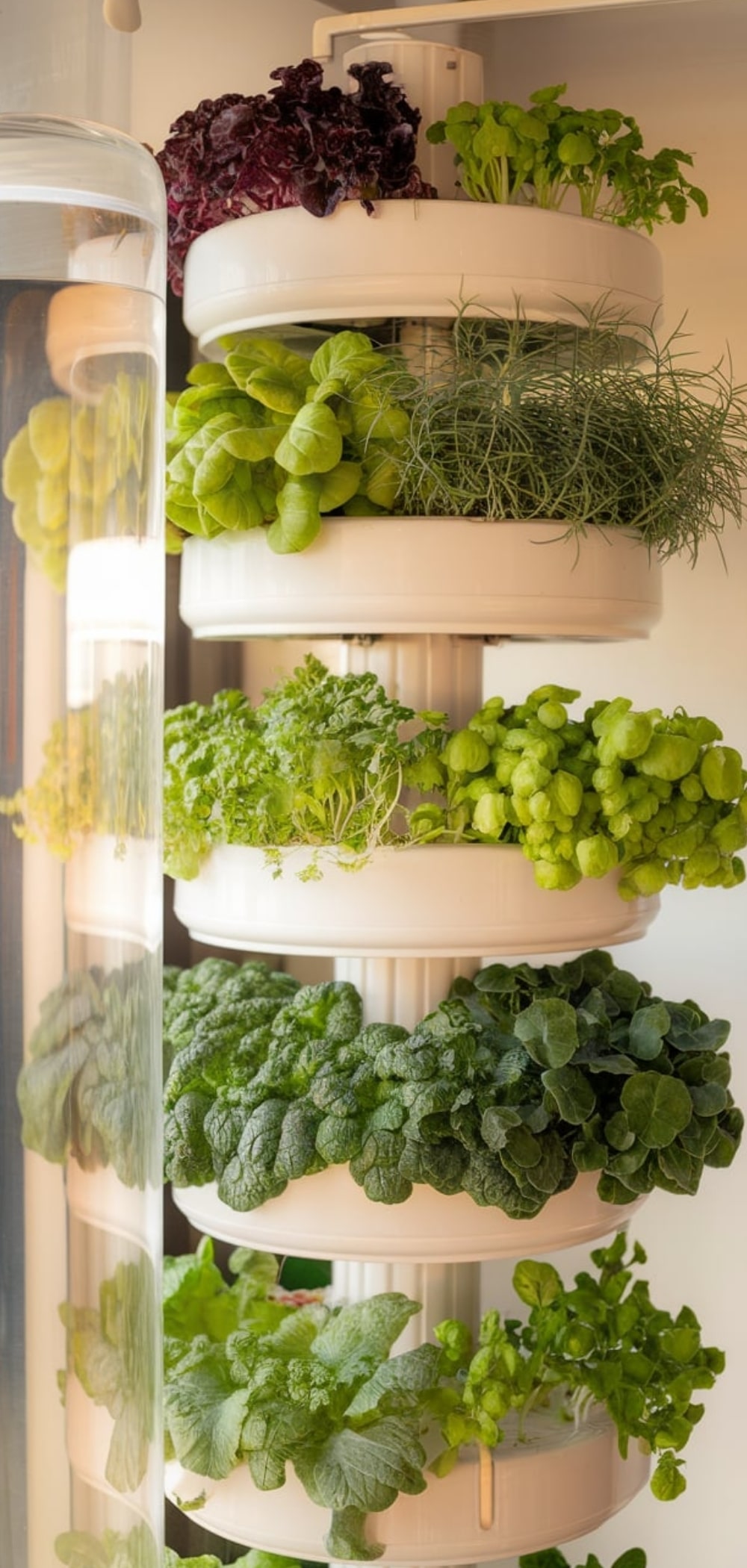
Soil-free systems that maximize vertical yield.
Tips:
- Use nutrient-rich water solutions.
- Ideal for leafy greens, herbs, and strawberries.
- Requires initial setup investment but offers high ROI.
3. Cold Frame Gardens for Winter Growing
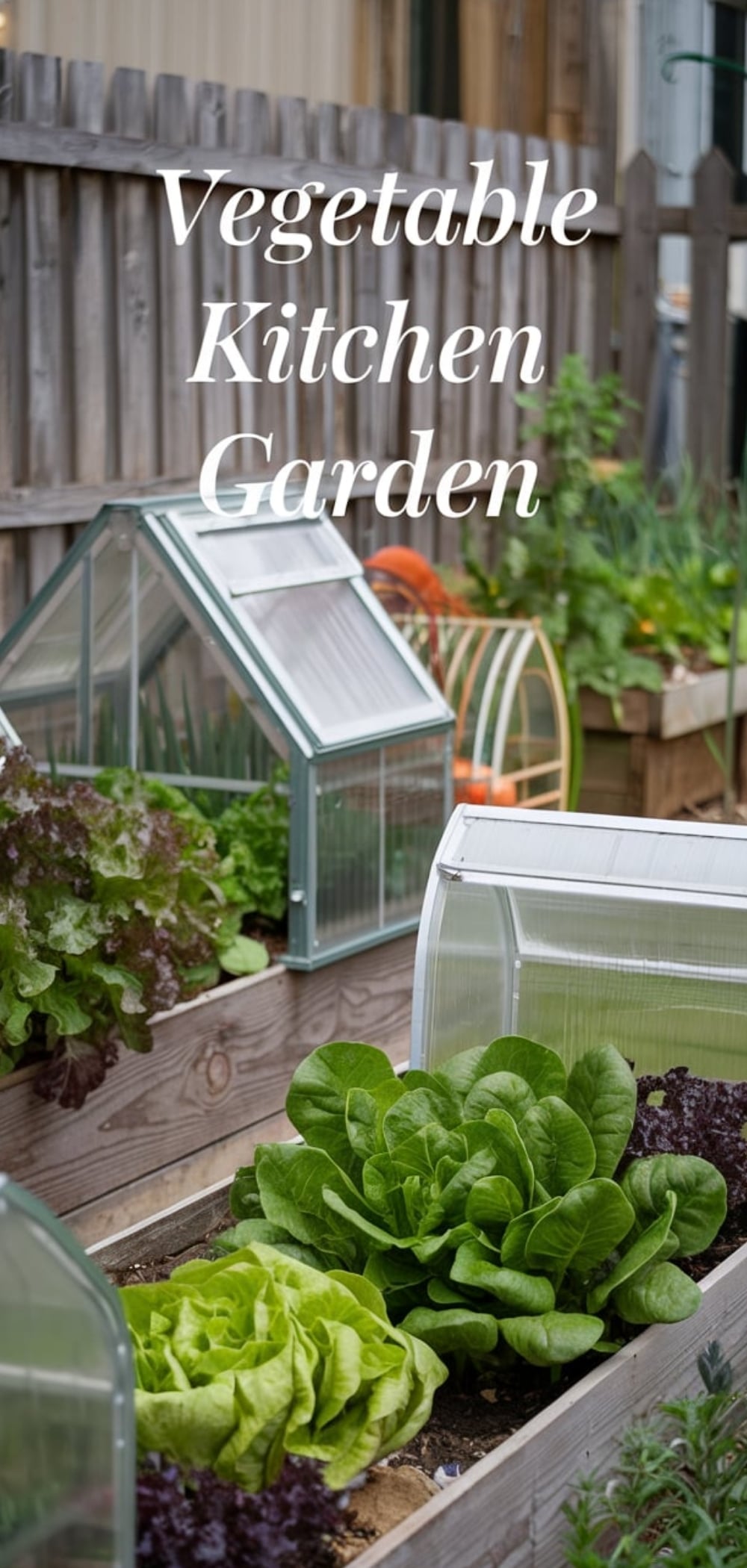
Mini-greenhouses that extend growing seasons.
Tips:
- Build with old windows and wood frames.
- Grow spinach, kale, and lettuces in late fall and early spring.
- Vent on sunny days to prevent overheating.
2. Mandala Garden Layout for Beauty and Functionality

Circular patterns offer both aesthetic appeal and accessibility.
Tips:
- Divide into triangular or pie-shaped beds.
- Plant in concentric circles, with the tallest plants in the center.
- Use pathways of mulch or gravel between sections.
1. No-Dig Garden Beds for Minimal Maintenance

The layering technique builds soil naturally.
Tips:
- Place cardboard directly over grass.
- Add alternating layers of green (kitchen waste) and brown (leaves, straw).
- Top with compost and plant directly into it.
Conclusion
With smart planning and one of these tailored design ideas, any gardener—regardless of space, budget, or climate—can create a thriving, efficient, and beautiful kitchen garden. Adapt these strategies to suit your needs and enjoy the satisfaction of harvesting fresh produce just steps from your kitchen.






[…] I first started looking into expanding my indoor garden, I was already in love with my tiny kitchen garden, but the dream grew more prominent. I wanted to grow even more at home: herbs, leafy greens, […]